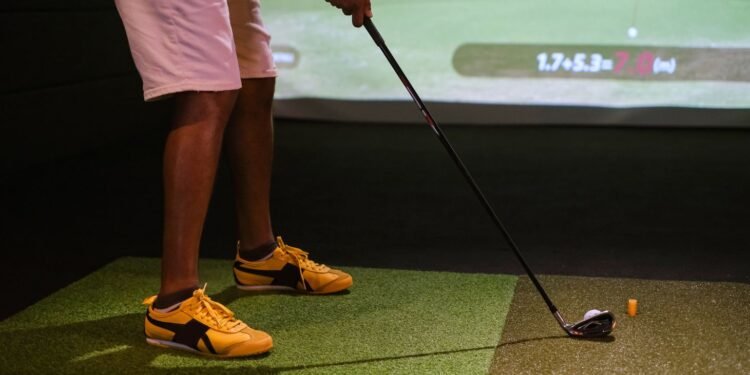Have you ever dreamed of perfecting your golf swing from the comfort of your own home? With a DIY garage golf simulator, this dream can become a reality! As more golf enthusiasts seek convenient ways to practice, the popularity of home golf simulators has skyrocketed. These setups not only allow you to play regardless of weather conditions but also provide a great way to entertain guests or improve your game in privacy.
Why Install a Golf Simulator in Your Garage?
Installing a golf simulator in your garage has numerous benefits. Firstly, it’s incredibly convenient. No need to drive to the golf course; you can practice anytime, rain or shine. It also allows you to focus on improving specific aspects of your game through instant feedback from the simulator software. Additionally, it’s a fantastic way to keep your golfing skills sharp during the off-season.
Understanding Garage Golf Simulator Dimensions
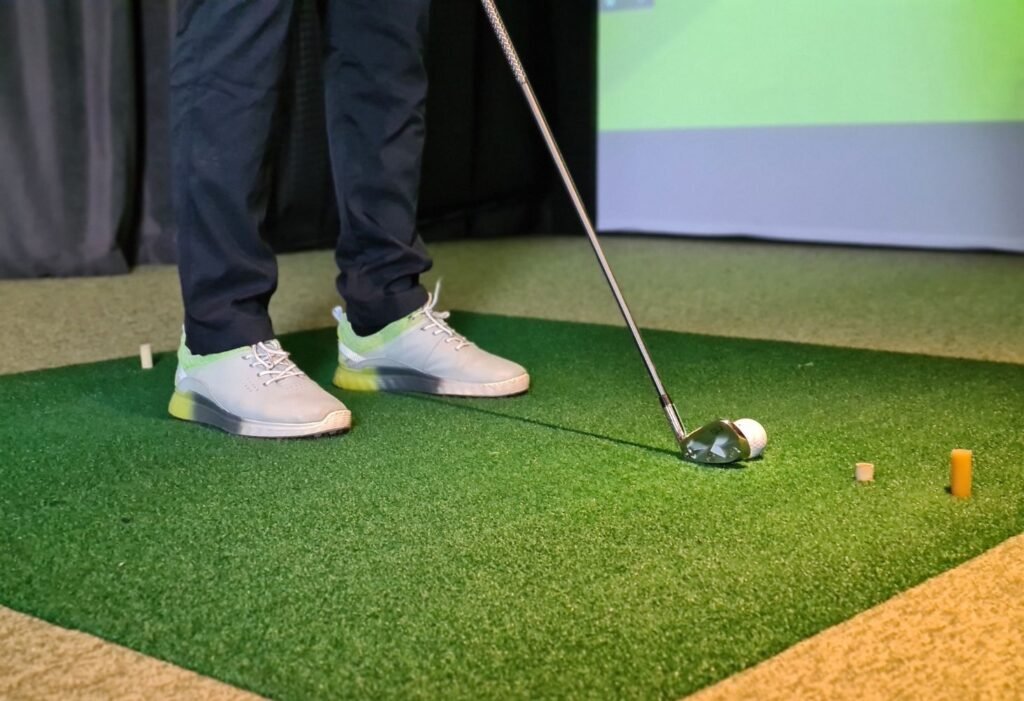
Before you dive into building your golf simulator, it’s crucial to understand the space requirements. Not all garages are created equal, and the dimensions of your space will dictate the type of setup you can accommodate.
Key Dimensions for Setup
Generally, you will need a space that is at least 10 feet wide by 15 feet long. This size ensures there’s enough room for the screen, hitting area, and safe movement. However, depending on the technology and equipment you choose, these dimensions might vary slightly.
The Importance of Ceiling Height
One of the most critical factors in setting up a golf simulator in your garage is the ceiling height. A minimum height of 9 to 10 feet is recommended. This height is crucial because it needs to accommodate not only the arc of your swing but also any mounted sensors or projectors. Taller golfers or those who prefer longer clubs will particularly benefit from a little extra headroom.
DIY Garage Golf Simulator: How to Build Your Own
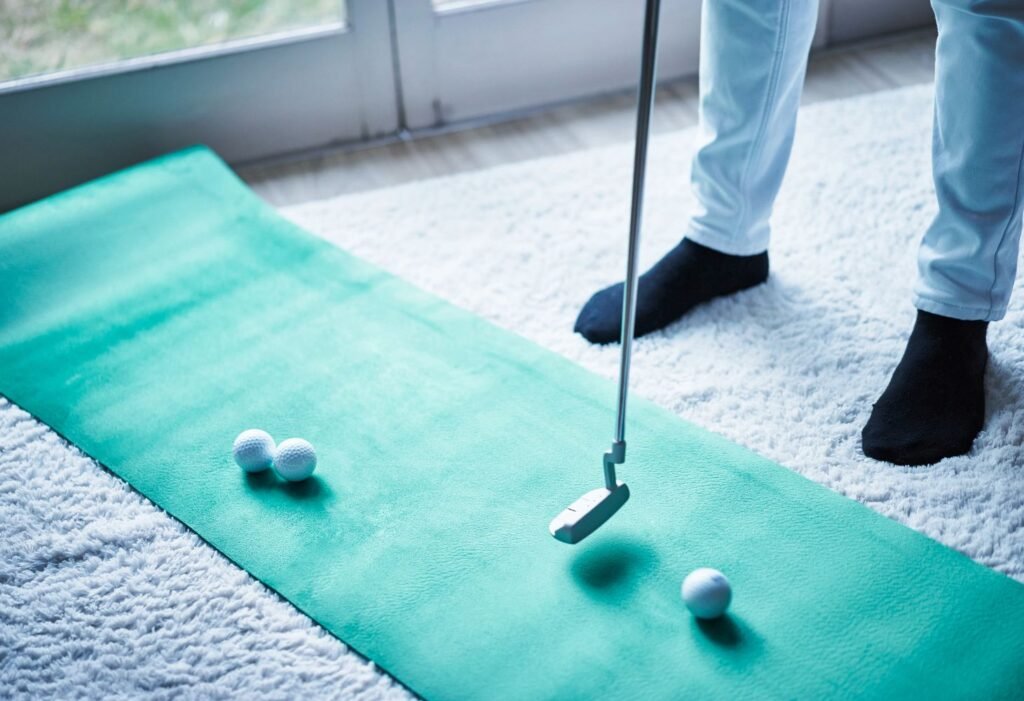
Creating a golf simulator in your garage can be a rewarding project. Not only does it save you money compared to professional installations, but it also allows you to customize your setup to fit your specific needs and preferences.
Step-by-Step Guide on Setting Up a Simulator
- Measure Your Space: Start by confirming that your garage meets the necessary dimensions for width, length, and height.
- Choose Your Technology: Decide on the type of simulator technology you want. Options range from photometric systems, which are generally more compact, to infrared and radar-based systems, which may require more space.
- Acquire the Equipment: You’ll need a hitting mat, a net or impact screen, a projector (unless you’re using a simulator that works with a TV or monitor), and the actual simulation software and sensors.
- Install the Screen and Projector: The screen should be mounted securely, ensuring it can withstand the impact of golf balls. The projector should be positioned so it can display the simulation clearly on the screen without any obstructions.
- Set Up Sensors and Software: Place sensors according to the manufacturer’s instructions. Install the software on your computer or tablet, and make sure it’s calibrated correctly to ensure accurate gameplay.
- Test Your Setup: Before diving into a game, test your setup with a few swings to ensure everything is working smoothly and safely.
Tips on Sourcing Affordable Materials and Equipment
- Look for Used Equipment: Many golfers upgrade their setups and sell old parts at a discount. Check online marketplaces for used sensors, mats, or projectors.
- DIY Some Components: Consider building your own frame for the screen or modifying existing furniture to support your equipment. This can be significantly cheaper than buying specialized golf simulator furniture.
- Shop Off-Season: Often, golf equipment can be found at a discount in the off-season. This is a great time to purchase components like mats and nets.
Cost Considerations for a Garage Golf Simulator
Setting up a golf simulator in your garage can vary widely in cost, depending on how sophisticated you want your system to be.
Breakdown of Potential Costs
The major expenses will likely be the technology (sensors and software), projector, screen, and mat. Basic setups can start around $500 for very simple models but can go up to several thousand for high-end systems that offer more realistic gameplay and better sensors.
Tips for Keeping Expenses Low
- Choose Value Over Luxury: While top-of-the-line equipment is tempting, many mid-range products offer a great balance between quality and cost.
- Do It Yourself: Wherever possible, handle the installation and setup yourself. Professional installation can significantly increase your overall cost.
- Multi-purpose Equipment: If possible, choose components that can be used for other purposes. For example, a projector can also be used for home theater setups.
Retractable Garage Golf Simulator Solutions
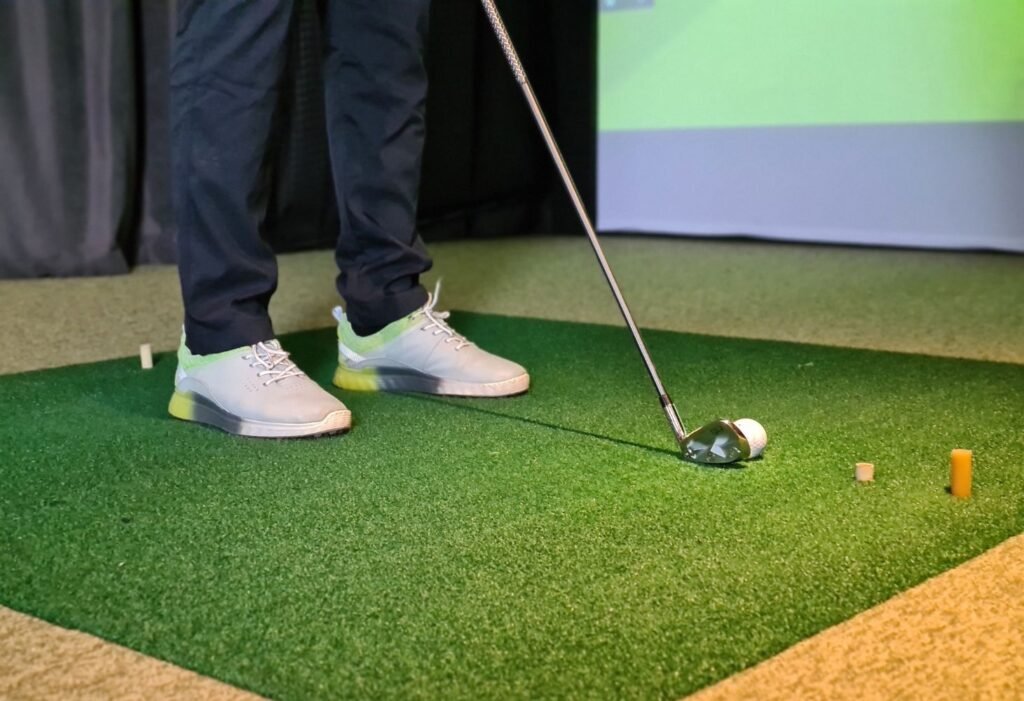
Advantages of a Retractable Setup
One of the biggest challenges of installing a golf simulator in your garage is managing the space. Many of us use our garages not just for cars but as workshops, storage areas, or even home gyms. This is where a retractable golf simulator shines. With a retractable system, you can transform your garage into a golf practice area at a moment’s notice and then revert it back for other uses.
Retractable simulators typically involve a hitting mat that can be rolled away and a screen that either rolls up or is pulled back against a wall or ceiling. This flexibility means you won’t have to dedicate a permanent area of your garage to the simulator, making it an ideal choice for those with limited space.
Best Products and Installation Tips
When selecting a retractable golf simulator, look for systems that are easy to set up and stow away. Products like the Net Return Pro Series V2 and SkyTrak Retractable Simulator Package are popular for their robust design and ease of use. These systems often come with a retractable net or screen and a portable mat that can be easily stored.
Installation tips for a hassle-free setup include:
- Ensure the tracking device is properly aligned each time you set up to ensure accuracy.
- Opt for a ceiling-mounted retractable screen to save more space.
- Invest in a quality projector that can be easily connected and disconnected, enhancing the mobility of your setup.
Top Garage Golf Simulator Ideas and Designs
Inspiration from Popular Setups
Platforms like Reddit, Pinterest, and Instagram are goldmines for creative ideas. Many users share their DIY projects, offering insights and inspiration. Common themes include minimalistic designs where the simulator blends into the background when not in use, or more elaborate setups that mimic the ambiance of a real golf course with thematic décor and mood lighting.
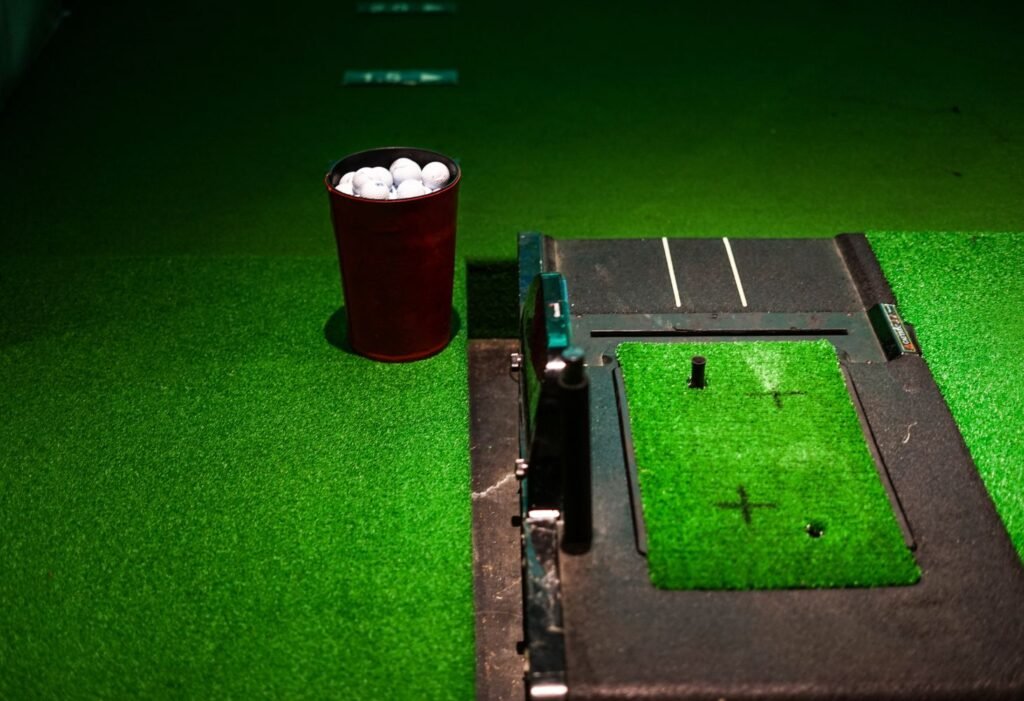
Customizable Options to Fit Different Garage Sizes and Budgets
Your simulator design can be as simple or as sophisticated as your space and budget allow. For smaller garages, consider a compact simulator with a shorter throw projector that requires less space. For larger areas, you might opt for a full-size screen with surround sound to create an immersive experience.
Modular components are a great way to keep the setup adaptable. Adjustable hitting mats, movable screens, and modular netting systems allow you to configure the simulator according to the day’s needs.
Choosing the Best Garage Golf Simulator
Factors to Consider When Selecting Equipment
When building your garage golf simulator, several factors need to be considered to find the best fit for your needs:
- Space: Measure your available space to ensure the simulator can fit comfortably, allowing for a full swing.
- Budget: Simulators can range from a few hundred to several thousand dollars. Set a budget that reflects your commitment without breaking the bank.
- Usage: Consider how often you will use the simulator. Frequent use might justify a higher-end model with more durability and features.
- Features: Look for features that enhance your practice, such as swing analysis tools, various course play options, and realistic graphics.
Recommendations for Top Simulator Models Suitable for Garage Setups
For those just starting out, the OptiShot 2 is an affordable option that offers a range of basic features suitable for beginners. If you’re looking for something more advanced, the SkyTrak Golf Simulator offers high accuracy and detailed feedback on your play, which can be incredibly valuable for improving your game.
Conclusion
Building a golf simulator in your garage can transform your golf practice, providing convenience, fun, and a unique way to improve your game. By carefully selecting a retractable system, drawing inspiration from the golfing community, and choosing equipment that meets your specific needs, you can create an enjoyable and effective practice environment right in your home.
Remember, the best garage golf simulator is the one that fits your space, meets your needs, and falls within your budget. With these factors in balance, you’ll not only enhance your game but also add value and functionality to your home. So tee off right in your garage and enjoy the game you love, any time you want!
Can I put a golf simulator in my garage?
Absolutely! Many golf enthusiasts opt to install simulators in their garages as it offers a convenient and private space to practice. The key is ensuring your garage has adequate space and ceiling height to accommodate the simulator setup.
How tall does my garage need to be for a golf simulator?
For a comfortable and realistic experience, your garage should have a minimum ceiling height of 9 to 10 feet. This allows for a full, unrestricted swing, especially for taller individuals or those using longer clubs.
How much space do I need for a golf simulator?
The recommended space for a garage golf simulator is at least 10 feet wide by 15 feet long, with a preferred ceiling height of 9 to 10 feet. This ensures enough room for both the equipment and the golfer to function without constraints.
What are some cost-effective ways to set up a garage golf simulator?
Opt for a DIY approach using budget-friendly materials. Purchase used or refurbished equipment. Consider simulator software that runs on personal computers or mobile devices instead of more expensive dedicated machines.
What are some retractable garage golf simulator options?
Retractable systems are great for multi-use garages where space is a premium. These systems typically involve a retractable screen or net and a portable projector, allowing you to set up or pack away the simulator as needed. Look for systems that offer easy installation and robust build quality for repeated use.

